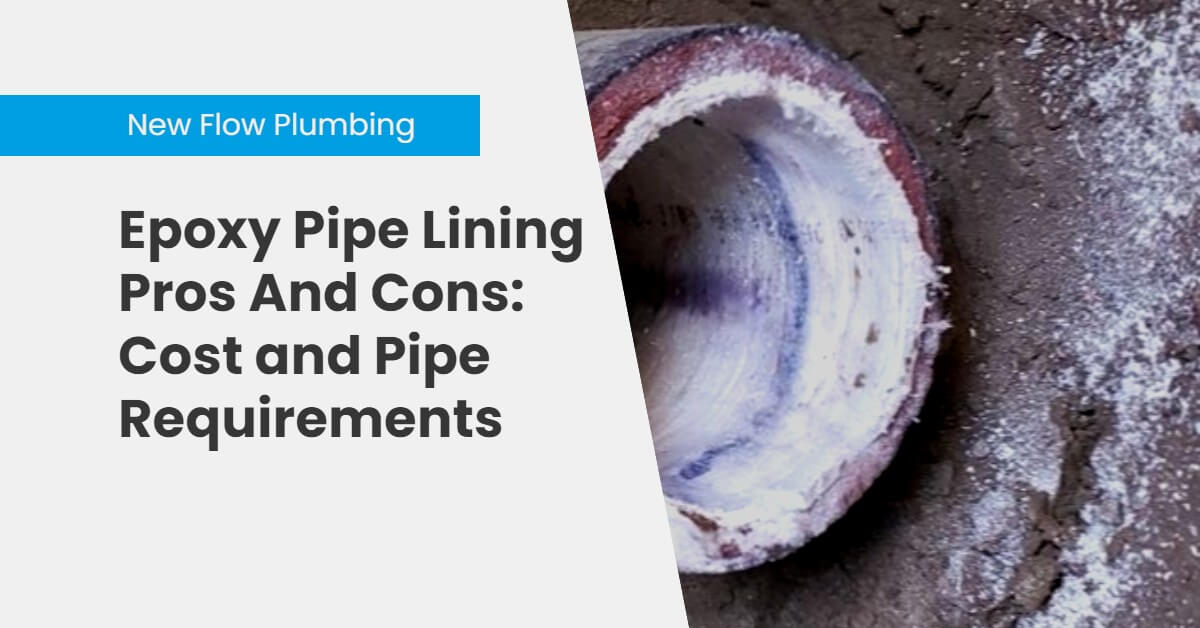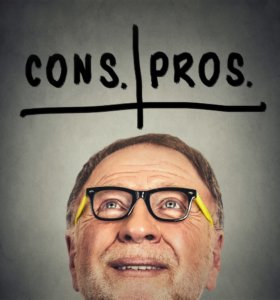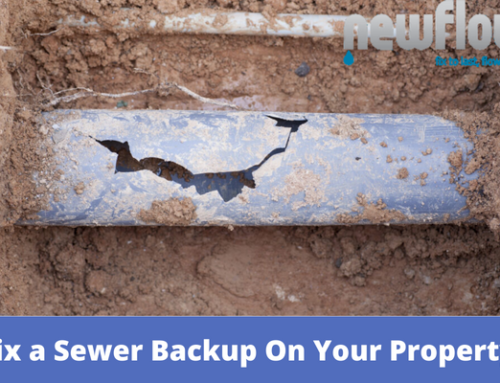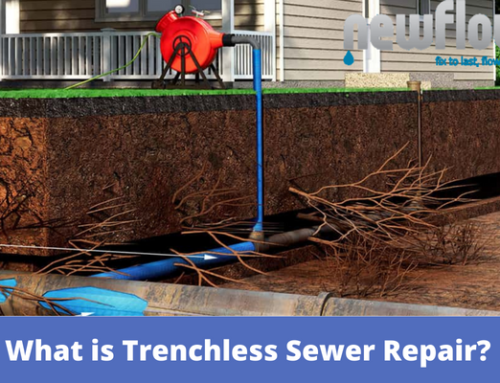Epoxy Pipe Lining Pros And Cons: Cost and Pipe Requirements
What is epoxy pipe lining?
Epoxy pipe lining, also called structural pipe lining, cured-in-place lining (CIPP), or simply pipe lining is a trenchless sewer repair form. This form of sewer repair involves no trenches and very minimal digging. If you have a damaged sewer pipe, epoxy pipe lining creates a brand new pipe directly inside your old one. The process is easy, clean, and fast.
- First, your pipe is inspected using a CCTV sewer camera inspection. This gives plumbers and contractors an excellent visual of what’s going on with your lines. Read also – Benefits of a CCTV sewer camera inspection
- Second, your pipe is cleaned with hydro-jetting. It’s a non-invasive, safe cleaning solution meant to clear out any clogs, restoring your pipe’s original diameter.
- Third, the lining process can now begin. A unique epoxy-impregnated liner is inserted into your old pipe. A bladder on the inside of the liner is inflated. This pushes the liner up against the walls of the pipe, taking its shape. After the epoxy cures, the bladder is removed, and you now have a brand new pipe within your old one.
- Lastly, the plumbers reinstate any branches that were covered over and check that everything works smoothly the way it’s supposed to.
Epoxy pipe lining can be considered replacement or repair, depending on whether the whole pipe length will be lined or just a section. If only a section of pipe (a spot repair) is lined, it is considered a repair. If you line the whole pipe from start to finish, it is basically like getting a brand new pipe installed (aka replacement).
The pros of epoxy pipe lining
Here are the pros of epoxy pipe lining and why it’s one of the best sewer repair options.
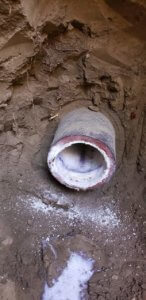
The cons of epoxy pipe lining
The cons of epoxy pipe lining usually involve pipe requirements, which we go over in detail below.
How much does epoxy pipe lining cost?
On average, pipe lining costs $80 to $250 per linear foot. The price depends on various factors, such as the pipe condition, ease of navigation, the amount of cleaning needed before the lining, and the accessibility of the pipe. The total prices depend on how much pipe is replaced; for example, 30ft of pipe at the median cost of $165 will be $4,950.
Who should you call for epoxy pipe lining?
If you’re looking for a reliable, professional company that can help you with epoxy pipe lining. Call New Flow Plumbing if you need cast iron drain pipe repair. We serve Santa Clarita, Glendale, and the greater Los Angeles area. We will assess the situation using a CCTV sewer camera inspection and give you the best solution. Contact us today and receive a quote.

